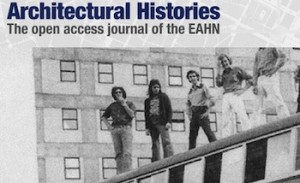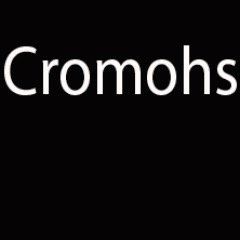Posté par Olivier Bonfait, le 2 juillet 2024;
- Date limite : 31 juillet 2024
Tout le monde pour ma patrie: Rubens and the World. Rubenshuis, Kolveniersstraat 20, Antwerp, May 5–6, 2025
Peter Paul Rubens’s visual ideas spread astoundingly far from his home in Antwerp both during and after his lifetime. In the seventeenth century his paintings arrived at destinations throughout Europe, and dealers shipped painted copies and titanic quantities of engravings after his designs even farther afield, reaching Cuzco, Isfahan, Jingdezhen, and many other places. He saw himself as a man of the world, as he wrote in a letter to a friend in 1625: “I regard the whole world as my country, and I believe that I should be very welcome everywhere.” The world also came to Rubens, whether in the form of models of African descent who feature in his . . . → En lire plus
Posté par Denis Dubois, le 8 novembre 2016;
- Date limite : 31 décembre 2016
- Date de remise des textes : 31 avril 2017
 ON THE MEANING OF ‘EUROPE’ IN ARCHITECTURAL HISTORY Special Collection of Architectural Histories, the open access journal of the EAHN. ON THE MEANING OF ‘EUROPE’ IN ARCHITECTURAL HISTORY Special Collection of Architectural Histories, the open access journal of the EAHN.
http://journal.eahn.org
On the occasion of the Tenth Anniversary of the EAHN, we invite scholars to join us in rethinking one of our founding questions, namely, how to interpret the inextricable ties between knowledge and geopolitics, an issue that arose from the naming of our network. How can we unpack the significance of “Europe” for our scholarly domain today? Specifically, we are interested in the shifting locus of the power to shape intellectual discourse. Within architectural history we have witnessed Europe cede its position . . . → En lire plus
Posté par Denis Dubois, le 20 août 2016;
- Date limite : 14 janvier 2017
- Date de publication : Avril 2017
 In 1928, Marc Bloch made what proved to be an influential statement when he said that the practice of comparing societies distant in space and time, described rather disparagingly as “comparative method in the grand manner”, may serve some ends but is too imprecise to be of any great use “from the scientific point of view”. Decades later William H. Sewell, Jr. objected that “mere temporal and spatial proximity does not assure similarity, and some societies which are very remote from one another are surely more alike, at least in ways that are crucial for some explanatory problems, than some neighboring societies”. In 1928, Marc Bloch made what proved to be an influential statement when he said that the practice of comparing societies distant in space and time, described rather disparagingly as “comparative method in the grand manner”, may serve some ends but is too imprecise to be of any great use “from the scientific point of view”. Decades later William H. Sewell, Jr. objected that “mere temporal and spatial proximity does not assure similarity, and some societies which are very remote from one another are surely more alike, at least in ways that are crucial for some explanatory problems, than some neighboring societies”.
Themes such as “global history,” “Transfergeschichte”, “circulation,” and “connection” all . . . → En lire plus
|
Équipe Rédacteur en chef : Olivier Bonfait.
Rédacteurs : Elliot Adam (Moyen Age) ; Nicolas Ballet (XX-XXIe siècles) ; Matthieu Fantoni (musées) ; Antonella Fenech Kroke (bourses) ; Vladimir Nestorov (Lettre mensuelle)
Administrateur web : Matthieu Lett.
ancien éditeur : Pascale Dubus
anciens rédacteurs : Gautier Anceau, Sébastien Bontemps, Damien Bril ; Sébastien Chauffour ; Ludovic Jouvet ; Aude Prigot
|


